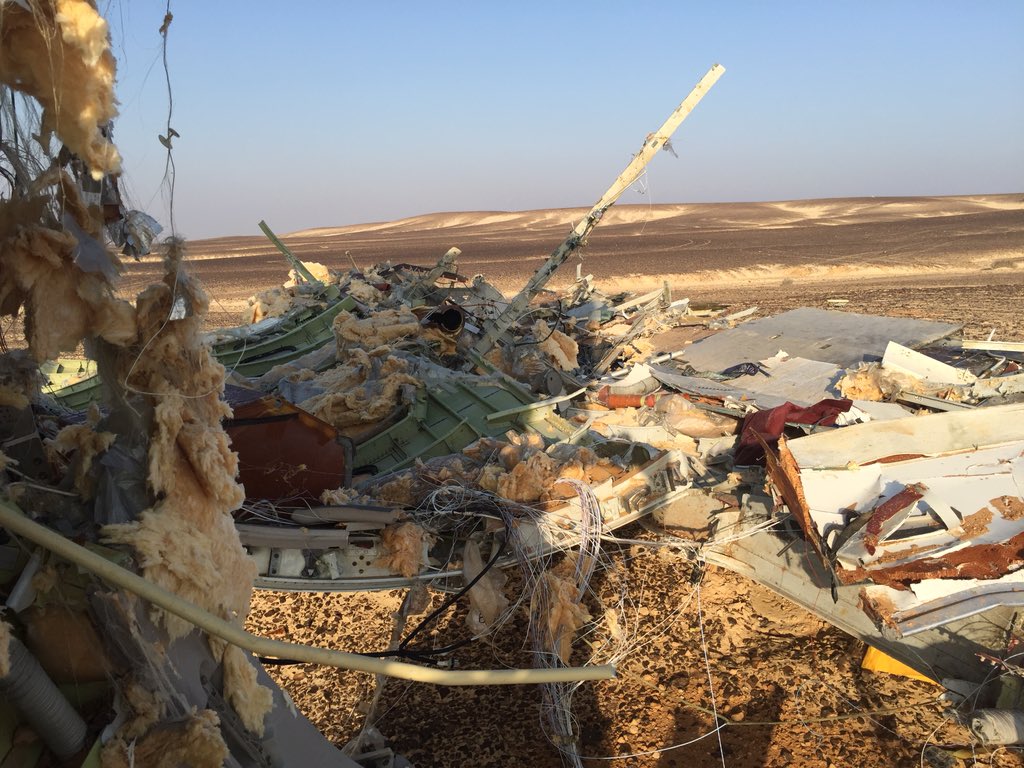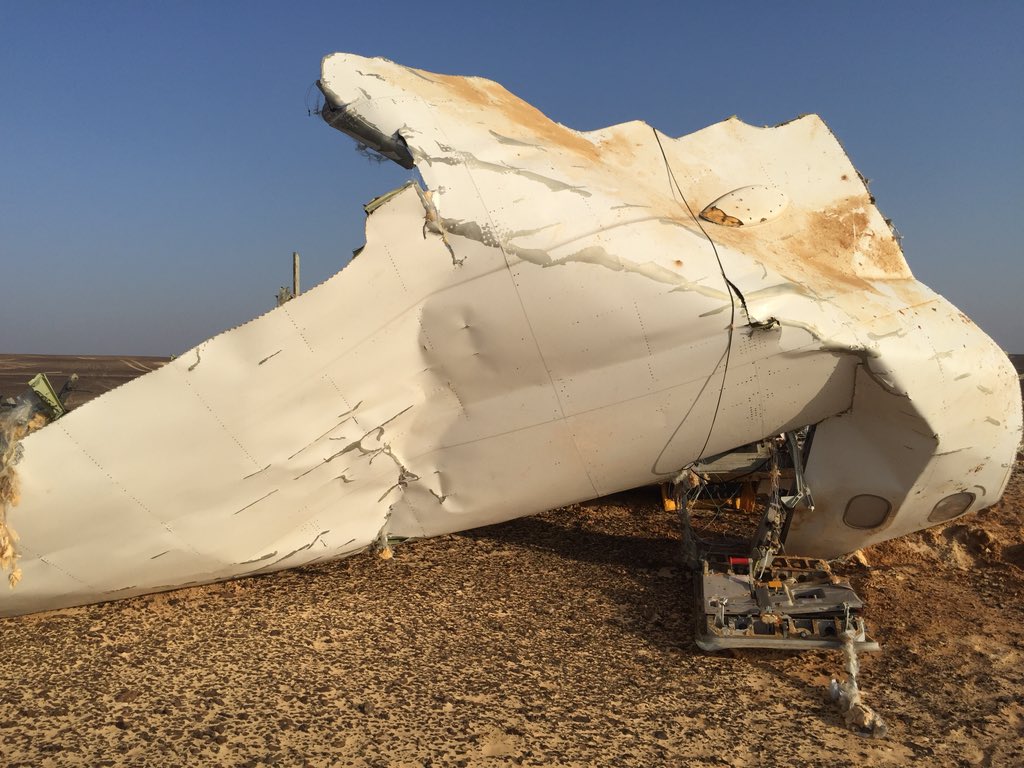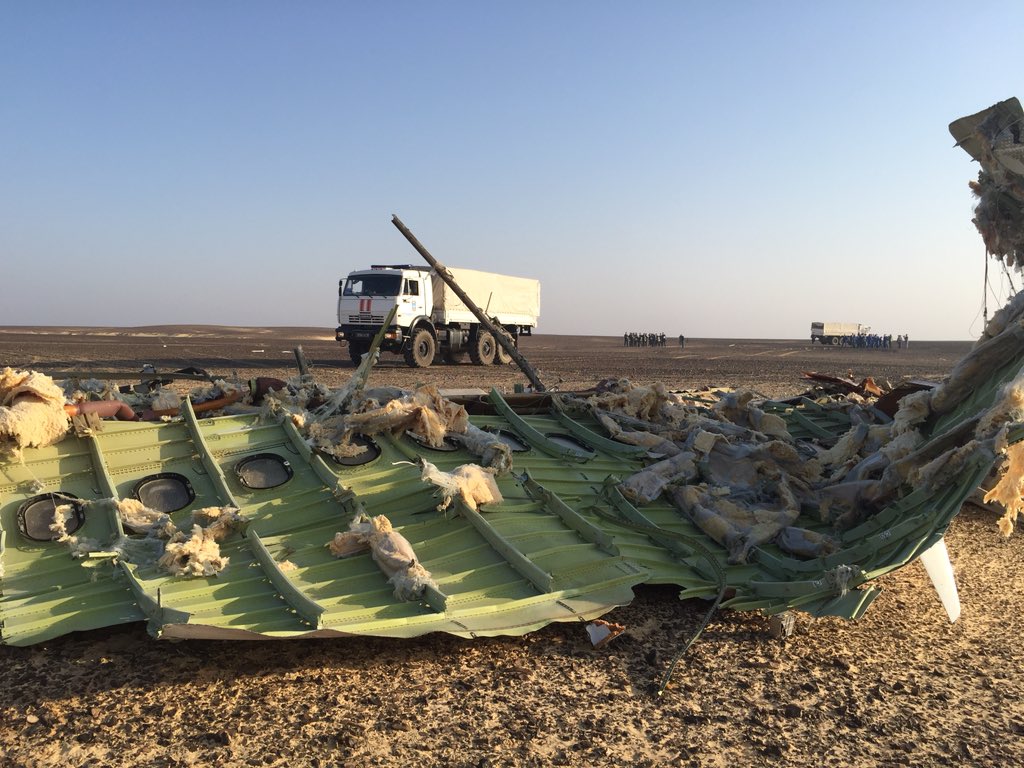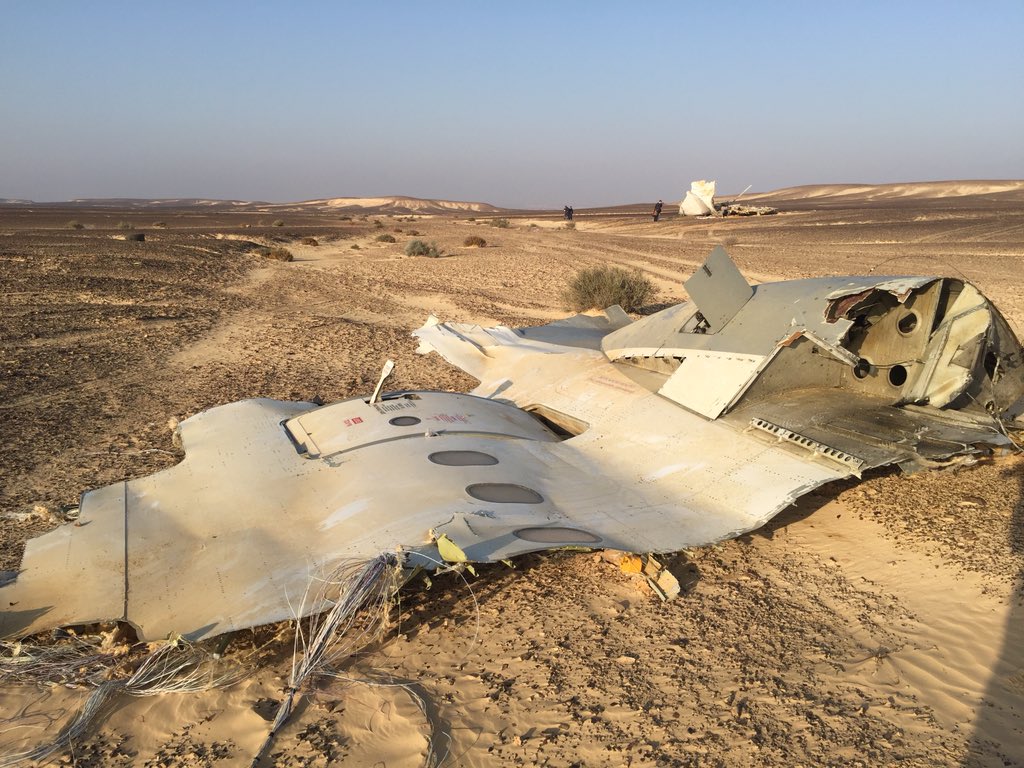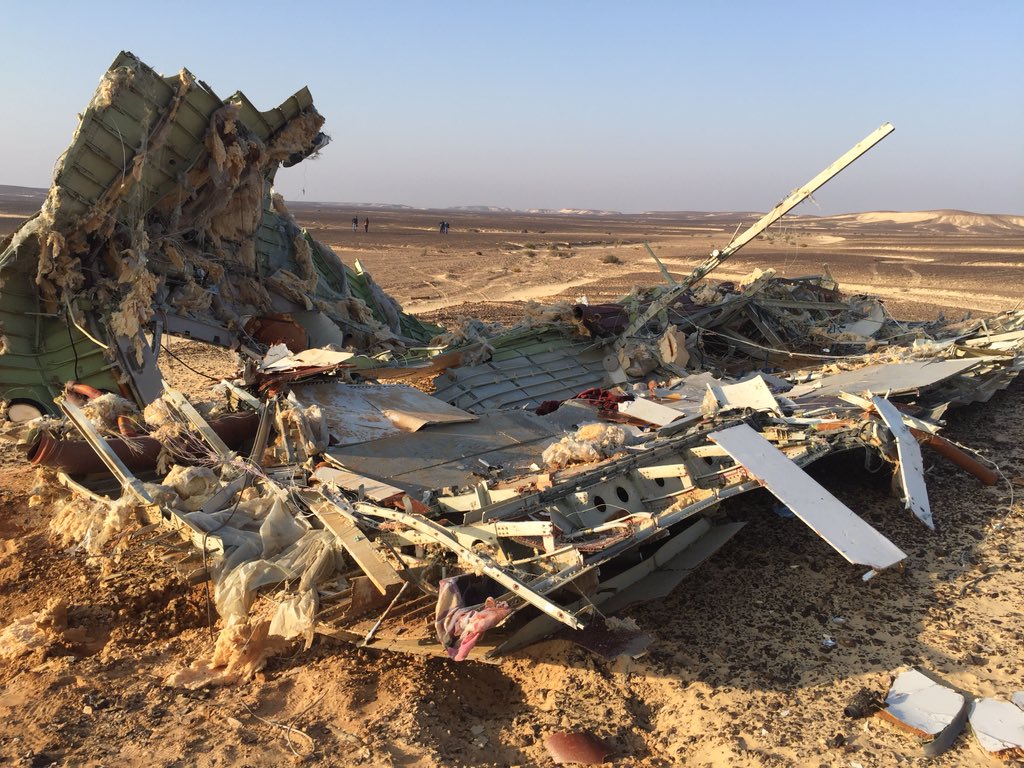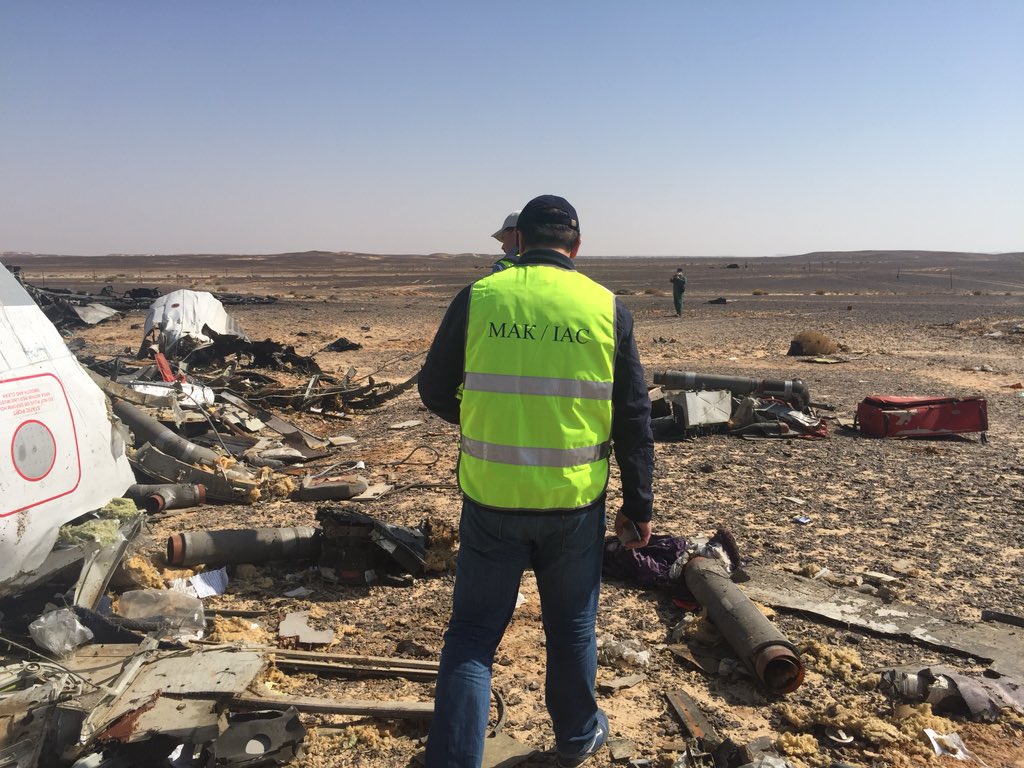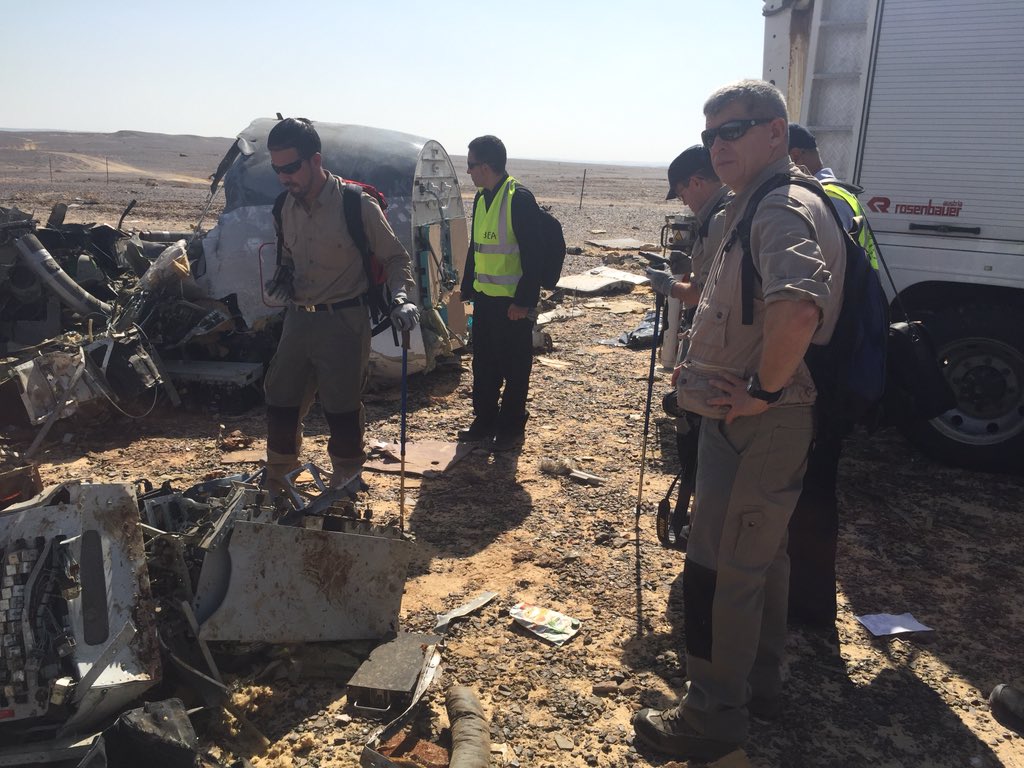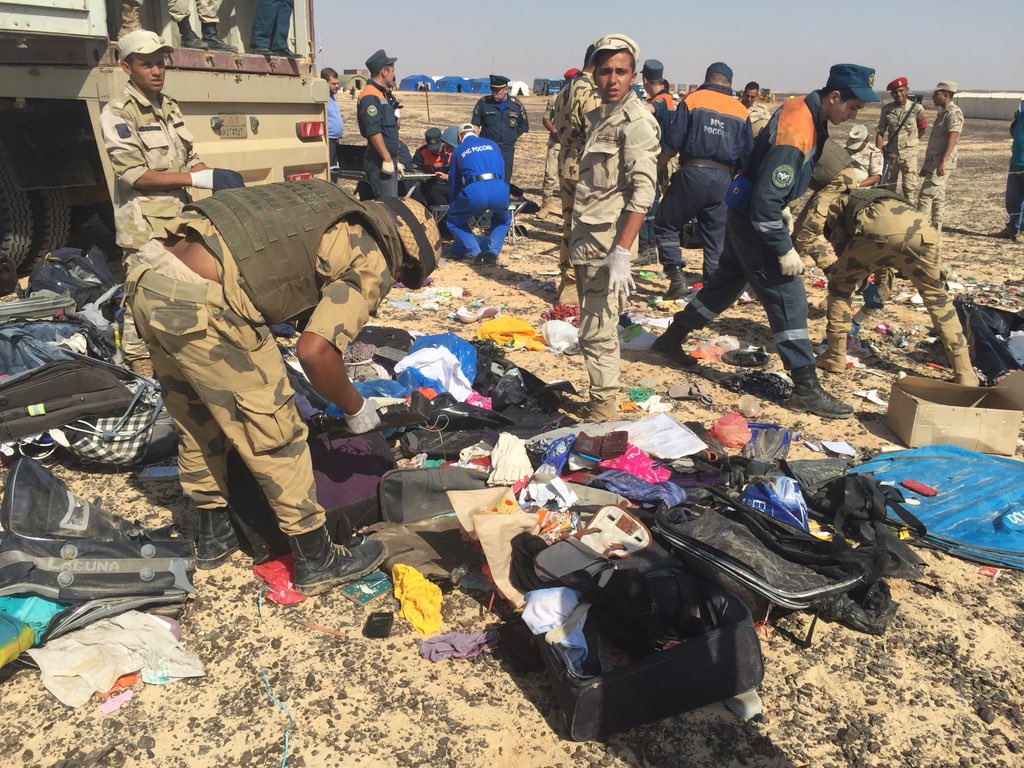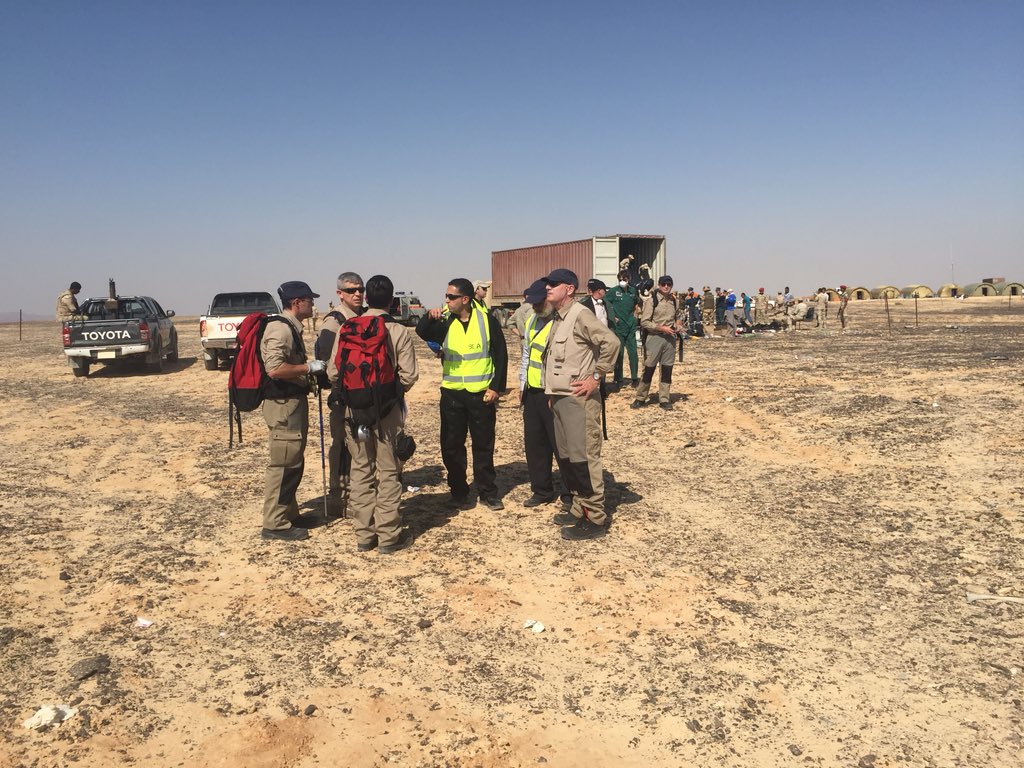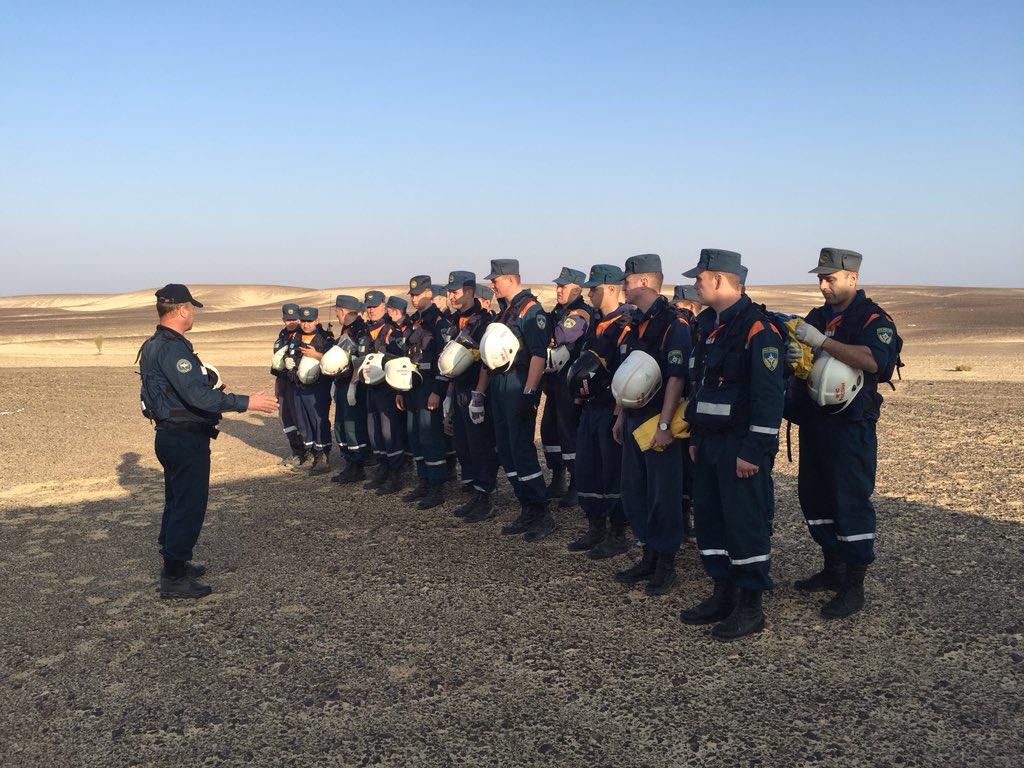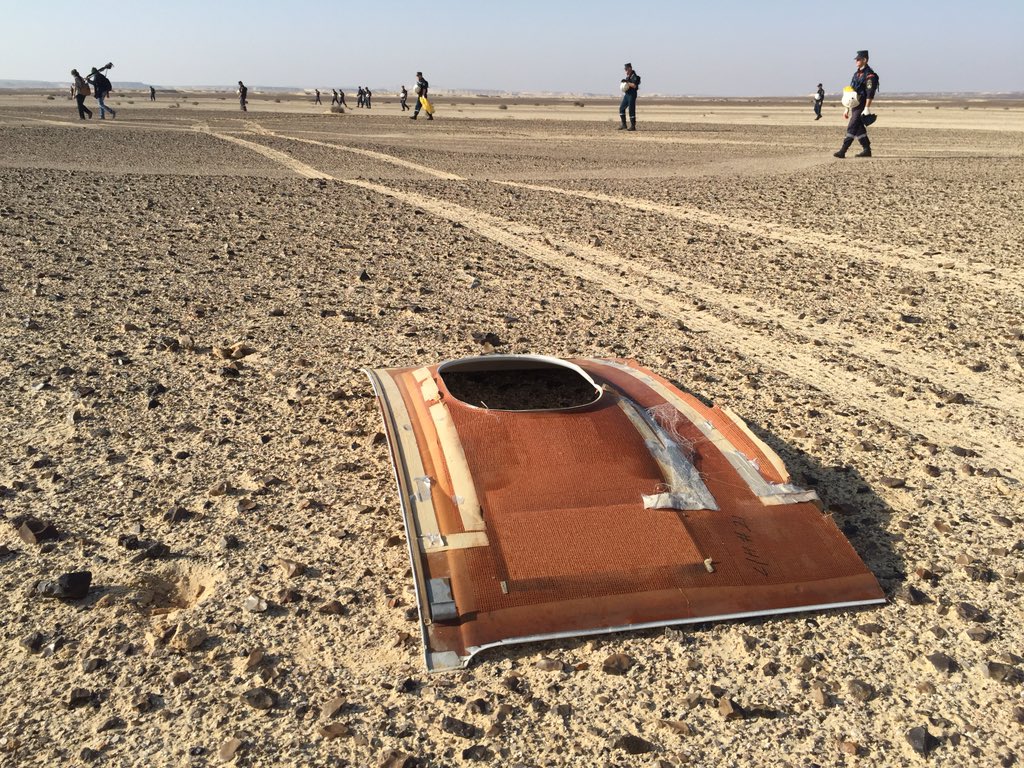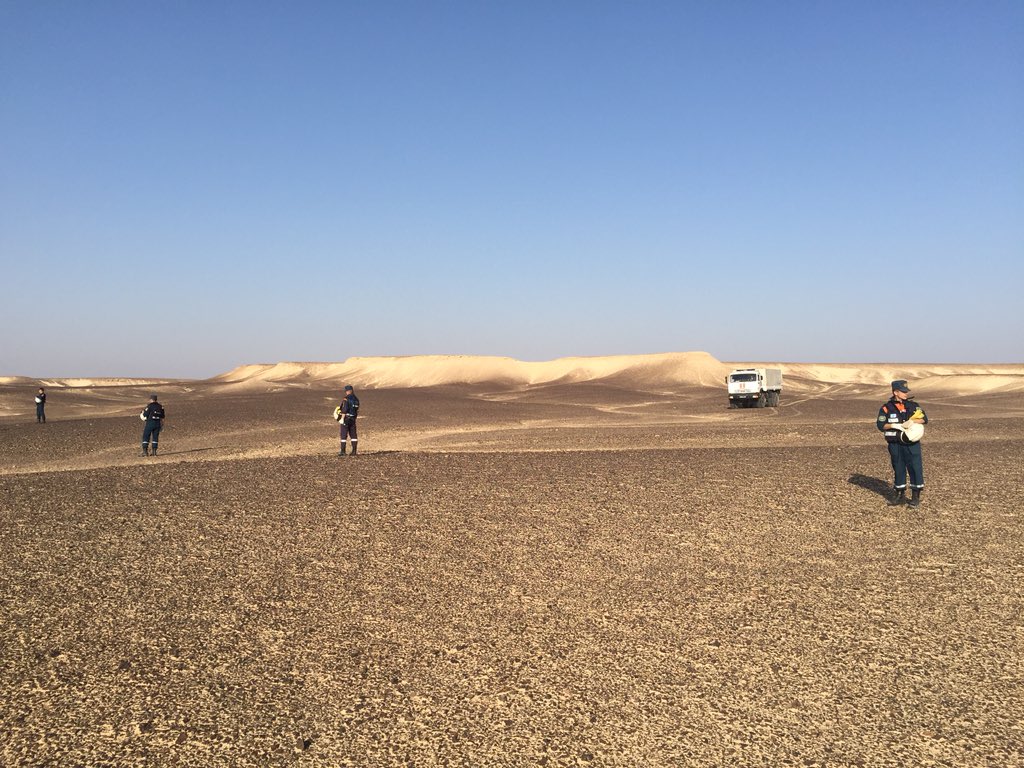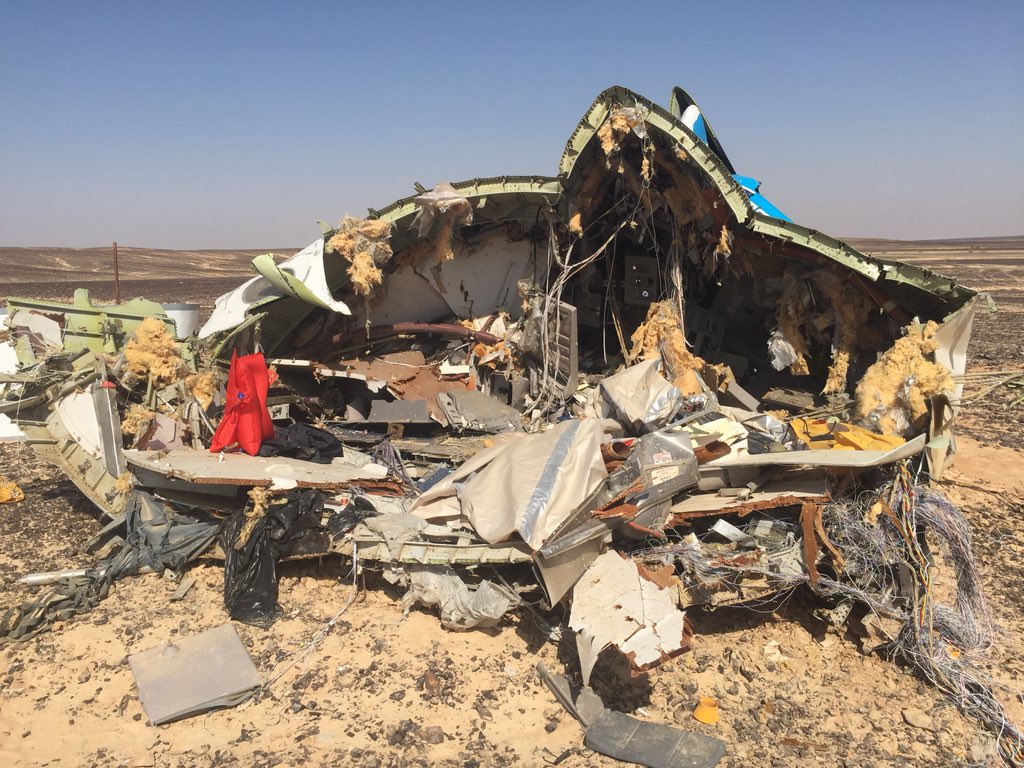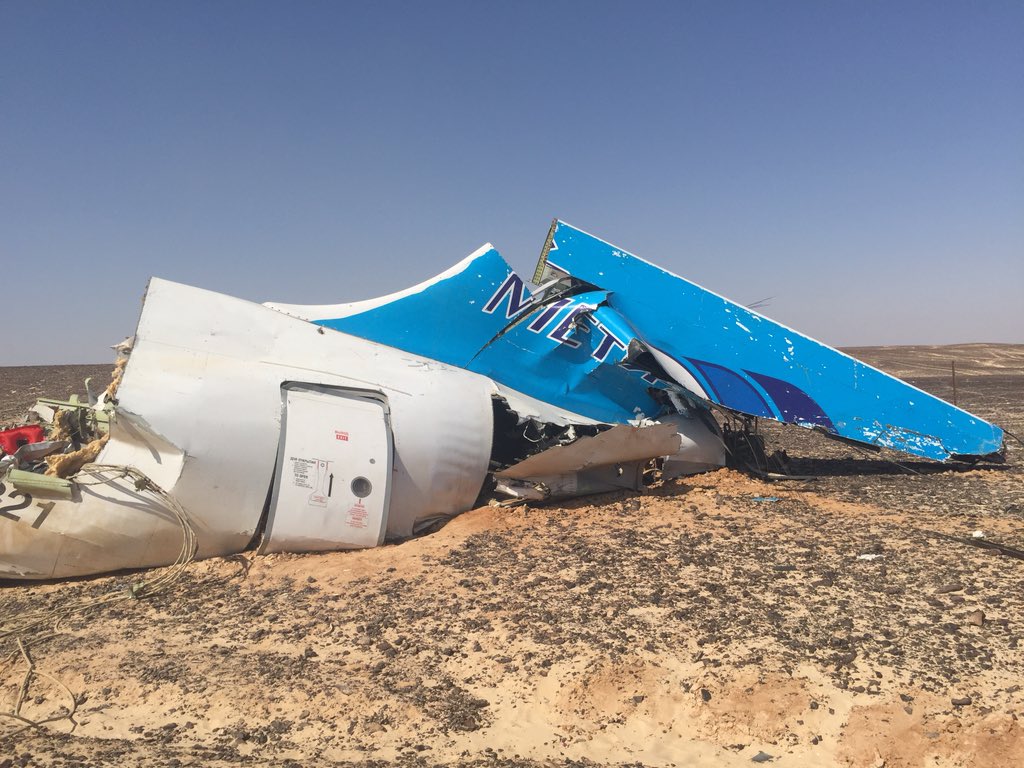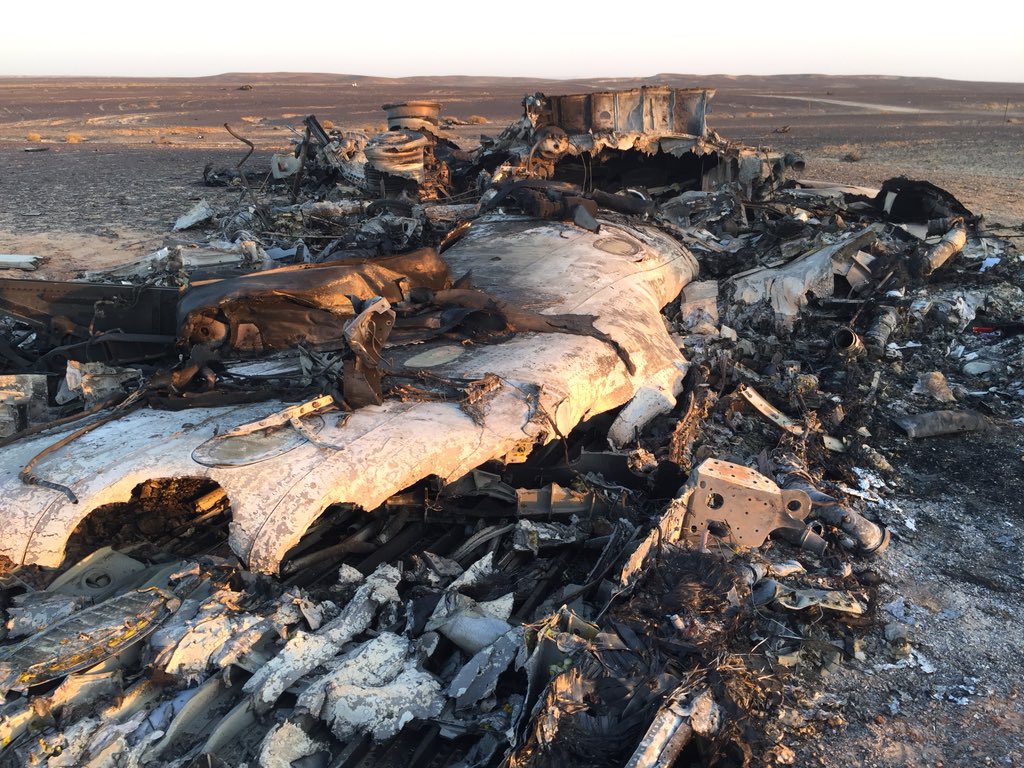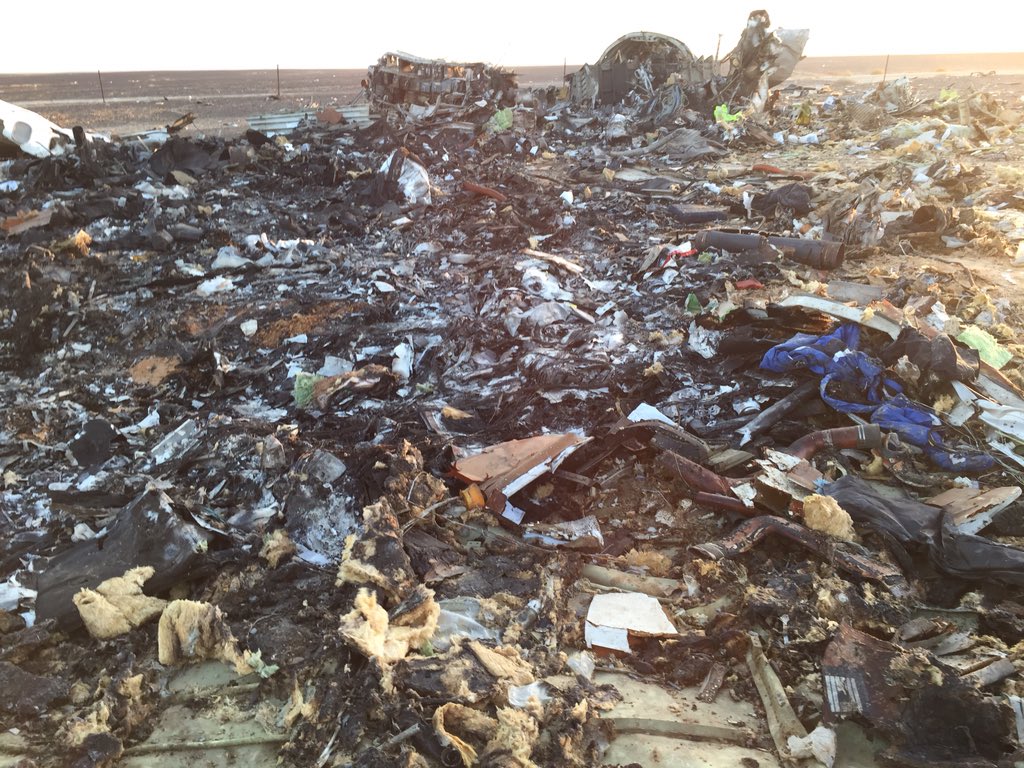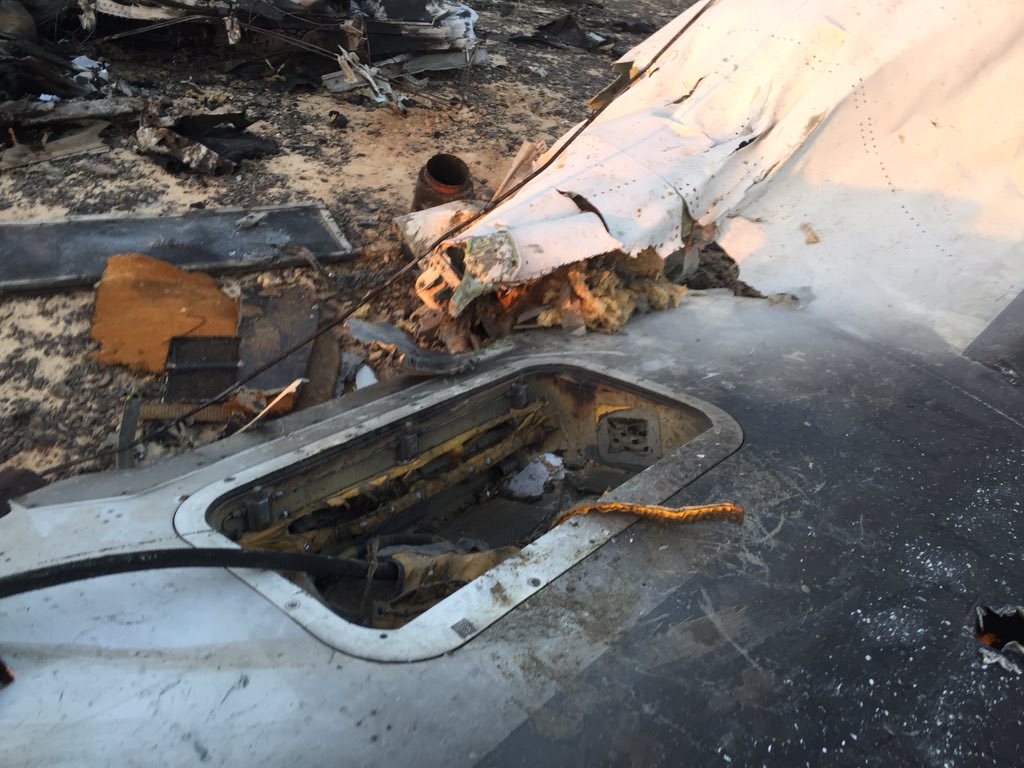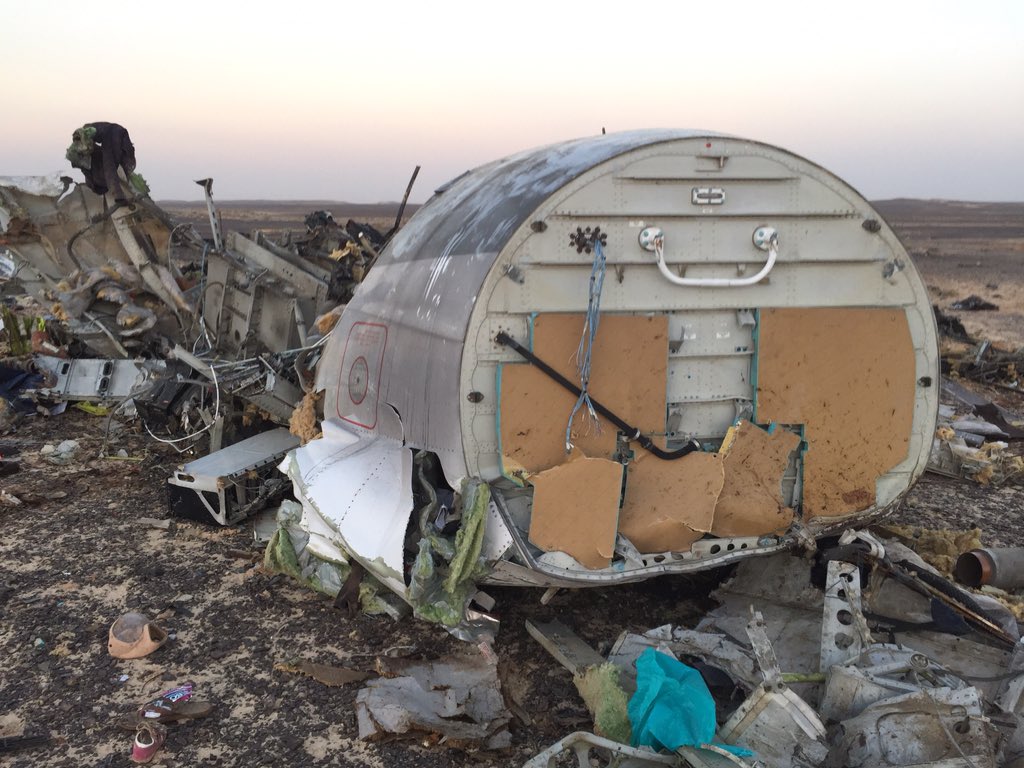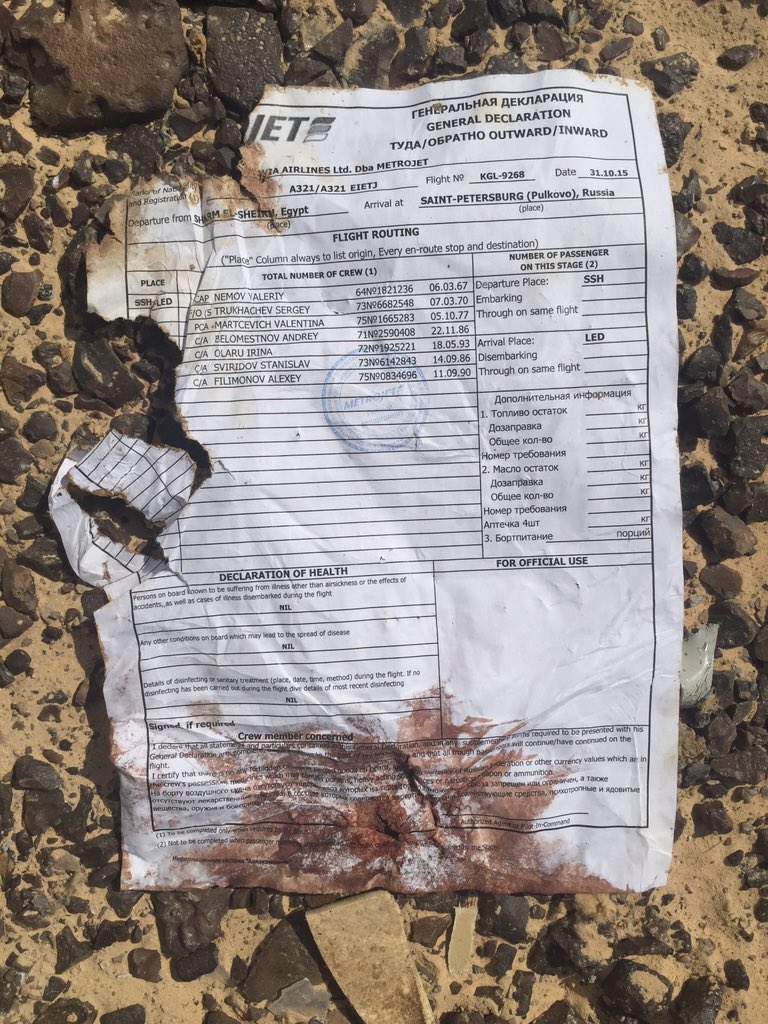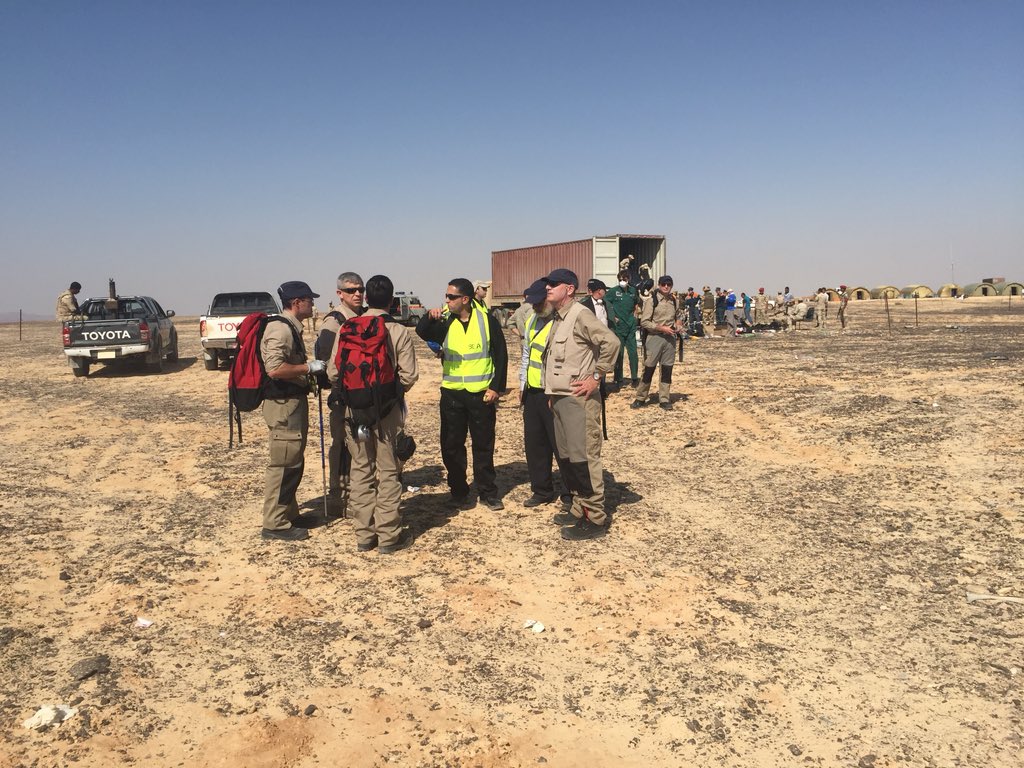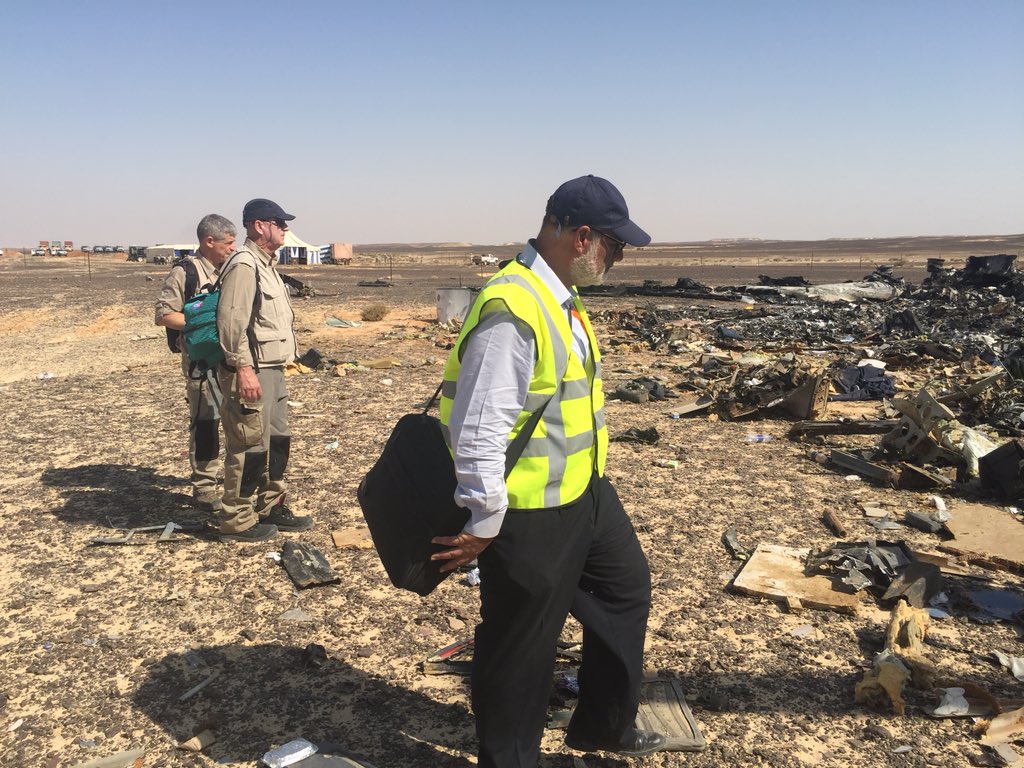 JohninMK Mon Nov 02, 2015 11:40 am
JohninMK Mon Nov 02, 2015 11:40 am
On Saturday, Airbus A-321 operated by Russian airline Kogalymavia crashed in the Sinai Peninsula en route from the Egyptian resort city of Sharm El-Sheikh to St. Petersburg. All 224 people on board, including 25 children, were confirmed dead by Russian and Egyptian authorities. The tragedy has already been named the biggest civil aviation disaster in Russian and Soviet history.
After the tail part of the Airbus A321 plane had sustained damages, the airliner was fully repaired. The technical condition of the plane was normal, Kogalymavia officials said. “Before the A321 began falling, it most likely had received considerable damage to its construction that would not allow it to fly. Obviously, due to this, when the catastrophic situation started to unfold, the crew completely lost control over the plane, which would explain why there were no attempts to communicate and report on the emergency situation on board,” the airlines’ deputy general director of technical and production issues, Andrei Averianov, said at a press conference in Moscow.
External forces are the only possible reason of the deadly crash, Kogalymavia officials said Monday. Kogalymavia 7K9268 flight likely suffered substantial damages when it started to fall, officials said. Only possible explanation for the crash is "physical or mechanical actions," the officials said.
The Kogalymavia plane's crew completely lost control over the aircraft as the disaster started to unfold. The Airbus A321 had been in uncontrolled flight as the catastrophe unfolded. However, Kogalymavia excluded human or technical factors as the cause for the deadly crash in Egypt, officials said.
However, the crashed Russian airliner had passed all necessary tests; and the technical condition of the plane was good, the company's top manager said Monday. The aircraft's engines were inspected in Moscow on October 26; no problems were found. Moreover, there were no problems with the quality of fuel used by the Russian airliner.
“In regard to fatigued cracks it should be noted that work on its assessment of metal fatigue on airliners is done every five years. We also conducted such work very carefully on this plane and that was in March 2014,” Kogalymavia flight director Alexander Smirnov said during a press conference in Moscow.
Debris belonging to the A321 Russian airliner are seen at the site of the crash in Wadi el-Zolmat, a mountainous area in Egypt's Sinai Peninsula on November 1, 2015. International investigators began probing why a Russian airliner carrying 224 people crashed in Egypt's Sinai Peninsula, killing everyone on board, as rescue workers widened their search for missing victims.
The Russian airline does not exclude a terrorist attack or an explosion as reasons behind the 7K9268 flight's deadly crash.
Kogalymavia halted flights over the Sinai Peninsula, the company's top manager said. There are no doubts that the investigation into the Russian plane crash is objective, officials said.
The company added that videos shared online, which allegedly showed the Russian airliner's crash in Egypt, were likely fake.
Read more: http://sputniknews.com/russia/20151102/1029455702/kogalymavia-tail-part-damaged.html#ixzz3qKU9Wc00



 sepheronx
sepheronx

